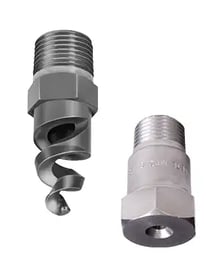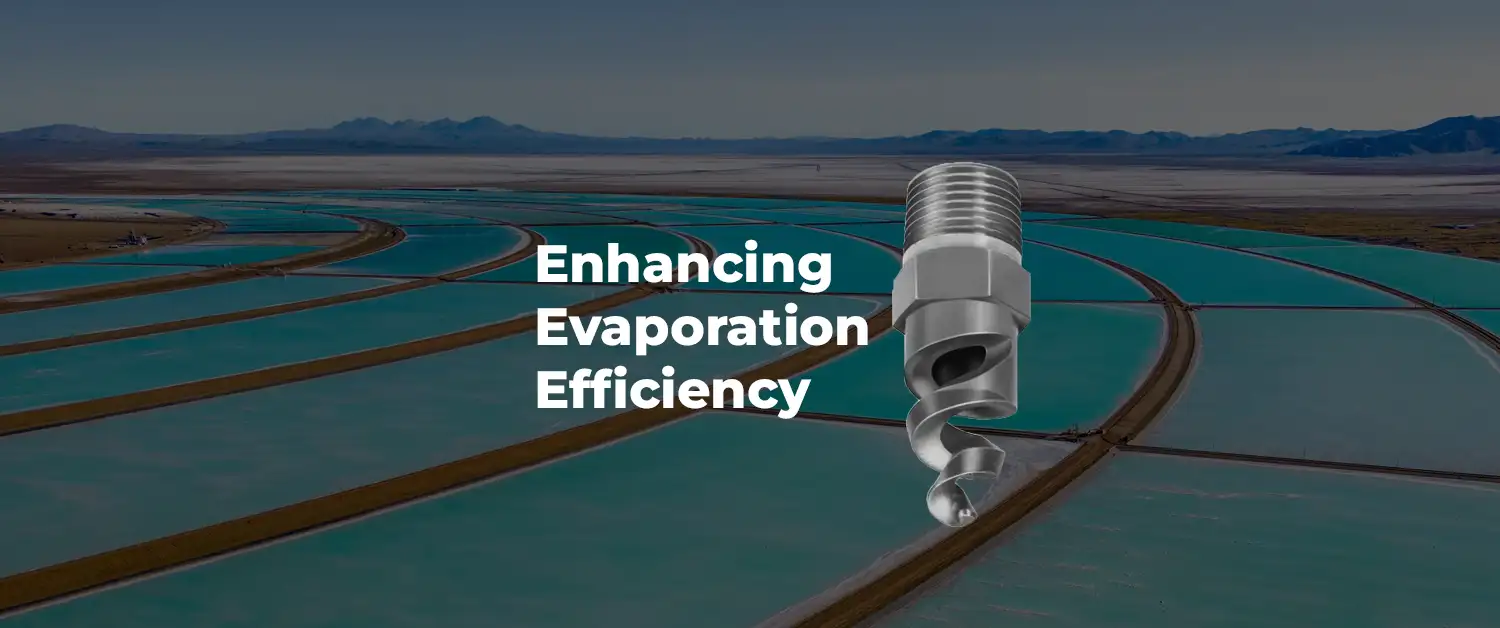Discover the fascinating science behind evaporation ponds and how they work to manage water resources.
Understanding the purpose of evaporation ponds
Evaporation ponds are specifically designed structures used to manage water resources. These ponds are used in various industries, including mining, agriculture, and wastewater treatment. The main purpose of evaporation ponds is to facilitate the natural evaporation of water, leaving behind concentrated solids or dissolved substances. By harnessing the power of evaporation, these ponds help in the management and disposal of excess water or waste materials.
The use of evaporation ponds is particularly common in arid and semi-arid regions where water scarcity is a significant concern. These ponds provide an effective solution for managing water resources in these areas, allowing for the controlled evaporation of water and the subsequent concentration or disposal of solids or contaminants.
Furthermore, evaporation ponds play a crucial role in the overall water cycle. They contribute to the natural process of evaporation, where water is converted from a liquid state to a gaseous state and eventually forms clouds. This process helps in the formation of precipitation, which is essential for sustaining ecosystems and ensuring the availability of freshwater resources.
In summary, evaporation ponds serve the purpose of managing water resources through controlled evaporation.
Exploring some factors that affect evaporation rates
Several factors influence the rate of evaporation in evaporation ponds. One of the primary factors is temperature. As temperature increases, the rate of evaporation also increases. This is because higher temperatures provide more energy to water molecules, causing them to move faster and escape into the air as vapour.
Another crucial factor is wind speed. When there is a higher wind speed, it results in increased evaporation rates. This is because wind helps in removing the water vapour near the surface, creating a concentration gradient that promotes further evaporation.
Humidity is another significant factor affecting evaporation rates. Higher humidity levels reduce the rate of evaporation as the air already contains a higher concentration of water vapour. On the other hand, lower humidity levels facilitate faster evaporation as the air can absorb more moisture.
The surface area of the evaporation pond also plays a role in evaporation rates. Larger surface areas provide more water molecules exposed to the air, leading to increased evaporation. Additionally, the depth of the pond can influence evaporation rates, as shallower ponds allow for more direct exposure of water to the air.
It's important to consider these factors when designing and managing evaporation ponds to optimize their efficiency and achieve the desired results.
Unveiling the role of solar radiation in evaporation ponds
Solar radiation plays a crucial role in the evaporation process in evaporation ponds. The energy from the sun is the primary driving force behind evaporation. When solar radiation reaches the surface of the pond, it heats the water, increasing its temperature and providing the necessary energy for evaporation to occur.
The absorption of solar radiation by the water surface leads to the transfer of heat energy to the water molecules, causing them to gain kinetic energy and move more rapidly. As a result, a fraction of these water molecules acquire enough energy to overcome the attractive forces holding them in the liquid state, transforming into vapour and escaping into the atmosphere.
The intensity of solar radiation is influenced by various factors, including geographical location, time of year, and weather conditions. Regions closer to the equator typically receive higher levels of solar radiation, leading to increased evaporation rates. Moreover, clear and sunny days enhance solar radiation, promoting higher evaporation rates compared to cloudy or overcast days.
Understanding the role of solar radiation in evaporation ponds is essential for optimizing their design and operation.
The importance of proper pond design and maintenance
Proper pond design and maintenance are crucial for the efficient functioning of evaporation ponds. A well-designed pond takes into account various factors to maximize evaporation rates and ensure effective water management.
The shape and size of the pond are important considerations. A larger surface area allows for increased exposure of water to the air, enhancing evaporation rates. Additionally, the depth of the pond should be optimized to balance evaporation rates and the desired concentration or disposal of solids or contaminants.
Proper lining and insulation of the pond are also essential. Impermeable liners prevent water from seeping into the ground, ensuring that the water remains within the pond for evaporation. Insulation helps minimize heat loss, allowing for higher water temperatures and faster evaporation rates.
Regular maintenance of evaporation ponds is necessary to prevent the accumulation of debris or solids that may hinder evaporation. Pond operators should regularly monitor and remove any obstructions to maintain optimal evaporation efficiency.
By prioritising proper pond design and maintenance, evaporation ponds can operate at their full potential, effectively managing water resources and contributing to sustainable water management practices.
Enhancing evaporation efficiency with nozzles
 Low Clog Nozzles such as TF, or MP nozzles are excellent options for enhancing evaporation efficiency in evaporation ponds. These specially designed devices help in atomizing water into fine droplets, increasing the surface area exposed to the air and promoting faster evaporation.
Low Clog Nozzles such as TF, or MP nozzles are excellent options for enhancing evaporation efficiency in evaporation ponds. These specially designed devices help in atomizing water into fine droplets, increasing the surface area exposed to the air and promoting faster evaporation.
When water is sprayed through nozzles, it breaks into tiny droplets that readily evaporate due to their increased surface area. This process accelerates the overall evaporation rate, allowing for more efficient water management in evaporation ponds.
Nozzles also provide the advantage of controlling the distribution of water within the pond. By strategically placing nozzles across the pond, water can be evenly distributed, ensuring uniform evaporation and preventing the formation of stagnant areas.
Furthermore, nozzles can be adjusted to optimize evaporation rates based on temperature, wind speed, and humidity. This flexibility allows for fine-tuning the evaporation process and achieving the desired water concentration or disposal results.
In summary, the use of nozzles in evaporation ponds enhances evaporation efficiency by increasing the surface area exposed to the air and providing control over water distribution. This technology can significantly improve water management practices and contribute to sustainable solutions for evaporation pond applications. If you need assistance with the correct droplet size or spray selection let us know how we can help!


